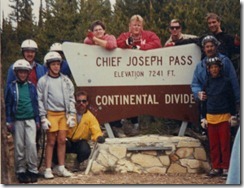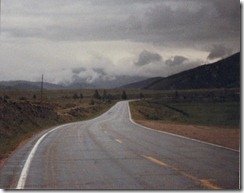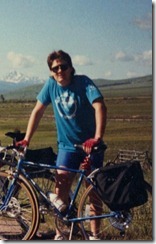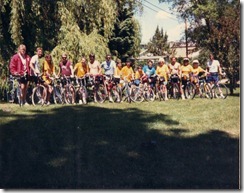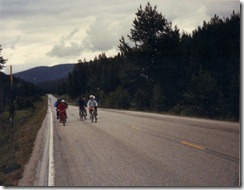Eurasia: Leaving America
This is the first installment of a story chronicling my travels in 1994 as a college student. The six-month journey took me to 20 countries in Europe and Asia.
Those who travel overseas know how challenging it can be. Not only do you have to do a gazillion things to get ready for your trip, but you also have to prepare yourself psychologically for the paradigm shift that happens whenever you immerse yourself in a new and different culture. It can be emotionally draining to move overseas and be away from home. This is particularly true when you travel abroad for the first time. Sometimes it’s downright frightening to leave behind familiar surroundings, family, and friends for a strange new place where you know hardly anyone.
I faced these challenges and more when I moved overseas for the first time in 1994. I lived in Graz, Austria as an exchange student from February to June; toured Western Europe in March and April; and visited Eastern Europe, the Russian Federation, and the People’s Republic of China in July and August. An International Studies (IS) major, I enjoyed traveling and learning about foreign cultures, although my international experience outside the United States at that time was limited to brief trips to Canada and Mexico. I assumed that as a fourth-year IS student I was prepared to live abroad; however, I soon realized that academic exercises were no substitute for firsthand experience.
My journey from the United States to Graz was filled with fun, excitement, pain, and frustration. As a proverbially starving college student, I decided that the most economical way to get to Austria’s second largest city was to fly to Frankfurt, Germany, and then take the train to Graz. A rail pass cost at that time cost much less than paying for a connecting flight to Graz, so it seemed logical in theory. In reality, it would have been much less of a headache to fly.
I kicked off my trip from my then-home in Idaho. Driving home from college in February 1994, I stashed most of my belongings at my parents’ house and stuffed the rest of my life into one suitcase and two large duffle bags. These were my constant and burdensome companions all the way to Graz.
My parents drove me to the airport early on a Sunday morning. After a fond farewell and a cheerful reminder that I would finish school when I returned home, I hugged them goodbye and boarded a small puddle-jumper-of-a-plane bound for Seattle. I waited four long hours in Sea-Tac International Airport for my connecting flight. In the days before electronic gadgets like media players and ultra-portable laptops, I had few options to entertain myself and spent the first of many monotonous hours sitting idle in transit.
The flight from Seattle to Vancouver, B.C. was on an even smaller commuter jet. I chanted prayers for a safe journey. The propeller-driven plane had only three seats per aisle, but the 45-minute flight was so short that I did not have time to fear for my life. It’s still the smallest aircraft I have ever flown overseas, even though I’ve logged hundreds of thousands of miles since then. There’s a small comfort in flying in a large commercial airplane, in spite of the fact that large planes can crash as fatally as small ones. Perhaps it’s the added turbulence you feel when you’re flying in a prop plane.

